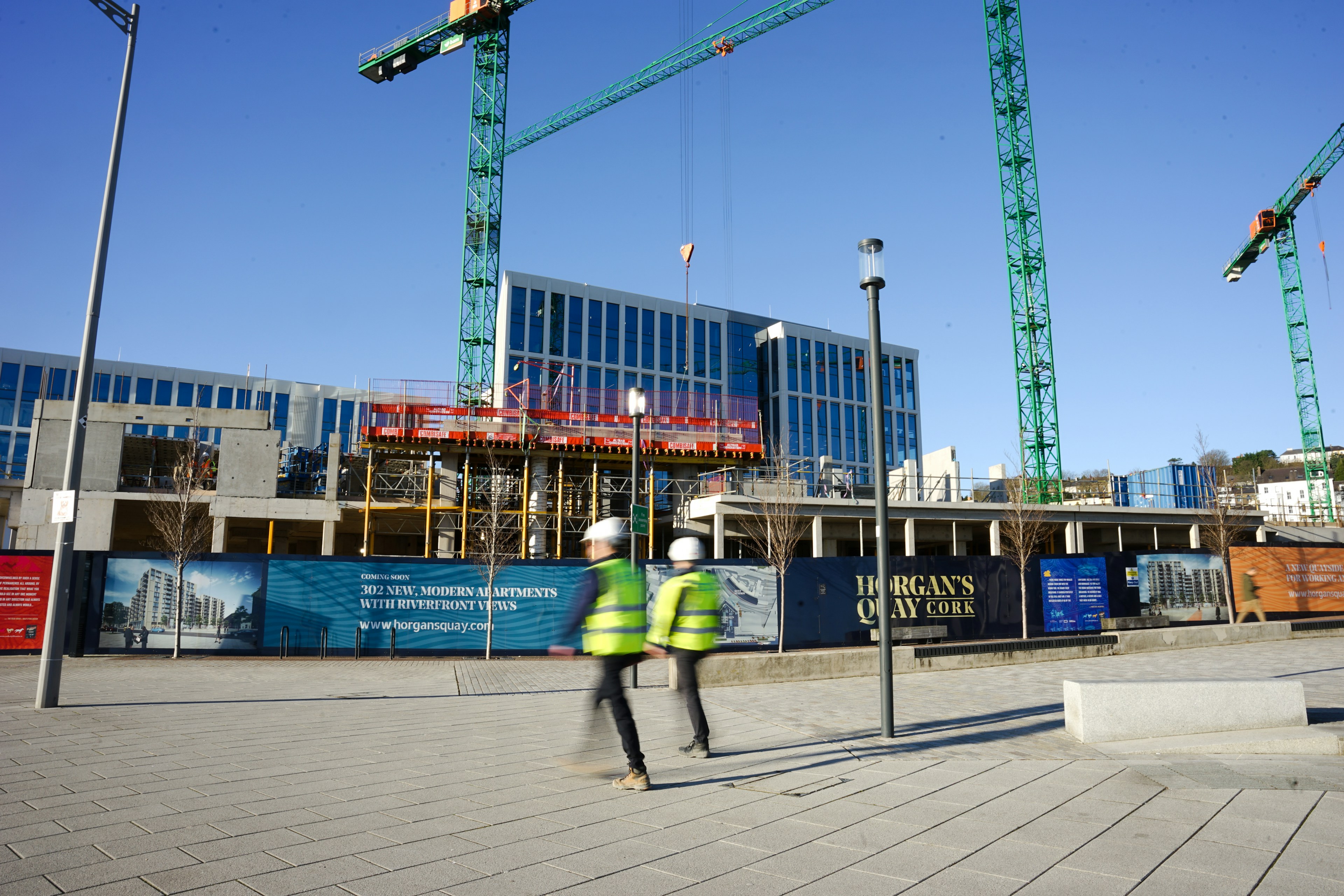



At EDC, we believe that energy efficiency is more than a goal - it’s a fundamental part of modern building design. With rising energy demands and a strong push toward sustainability, effective Energy Retrofit Design plays a crucial role in transforming both existing and new developments into energy-smart, future-proof spaces. Our experience in Mechanical and Electrical (M&E) design has shown that thoughtful integration of energy-efficient systems delivers real value, from lower operational costs to improved occupant comfort and reduced environmental impact.
Below, we explore the critical factors that drive successful energy retrofit projects.
Energy Retrofit Design involves the strategic upgrade of a building’s mechanical, electrical, and building fabric systems to improve energy performance. In the context of MEP (Mechanical, Electrical, and Plumbing) services, this means delivering efficient heating, cooling, ventilation, lighting, and water systems that work together to reduce energy consumption while maintaining or enhancing building functionality.
At EDC, our retrofit designs focus not just on replacing aging equipment, but on optimizing the building as a whole, making careful decisions around system layouts, equipment selection, and control strategies.

A detailed site and building analysis is the foundation of any retrofit. Understanding a building’s orientation, usage patterns, and current energy performance allows us to:
Every successful energy retrofit starts with a clear understanding of the building's current state and opportunities for improvement.
HVAC systems are typically the largest energy users in a building. Key strategies to improve HVAC efficiency during a retrofit include:
By optimizing HVAC performance, we deliver significant long-term energy savings without compromising comfort.
Modern lighting design plays a major role in reducing a building’s energy footprint. Energy retrofit measures often include:
These improvements lower energy consumption while enhancing the quality of the indoor environment.

The performance of the building fabric - walls, roofs, and windows - directly impacts heating and cooling loads. Energy Retrofit Design focuses on:
A well-insulated and airtight building reduces mechanical loads, leading to measurable efficiency gains.
Advanced energy modelling tools are essential for designing high-performance retrofit projects. Using dynamic simulations, our engineers can predict energy use under different scenarios, helping clients make informed decisions about:
These simulations ensure that the proposed retrofit measures are both cost-effective and high-performing.

Energy Retrofit Design must align with current building regulations and sustainability targets. At EDC, we provide services that include:
· EU Taxonomy and NZEB standards
Our holistic approach ensures that retrofit projects meet the latest standards while delivering environmental and financial benefits.
Effective Energy Retrofit Design doesn’t end at the design stage. During construction, EDC supports our clients by:
By staying involved throughout construction, we ensure that the retrofit design intent is realized fully on site.
Energy Retrofit Design offers one of the most impactful ways to improve building performance, reduce carbon emissions, and enhance occupant wellbeing. At EDC, we bring together technical expertise, innovative thinking, and a commitment to sustainability to help clients future-proof their buildings and meet ambitious energy targets.
Whether you’re planning a full-scale retrofit or upgrading specific systems, partnering with a specialist design team like EDC ensures your project delivers real, measurable results.